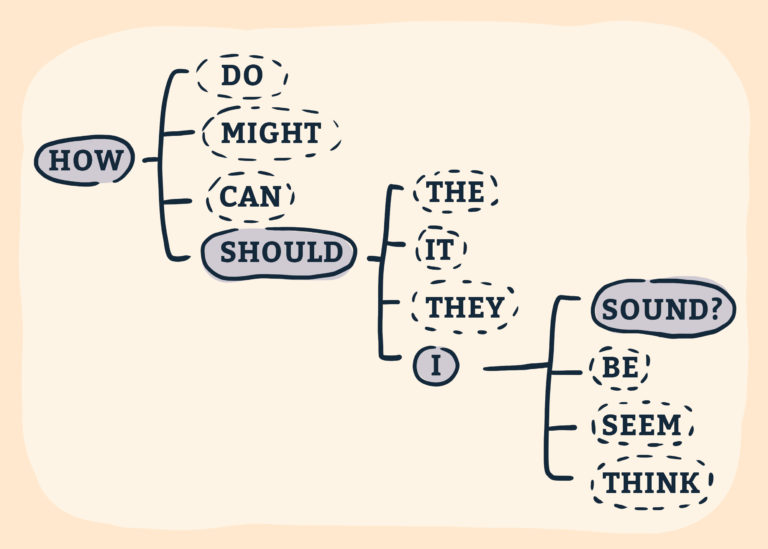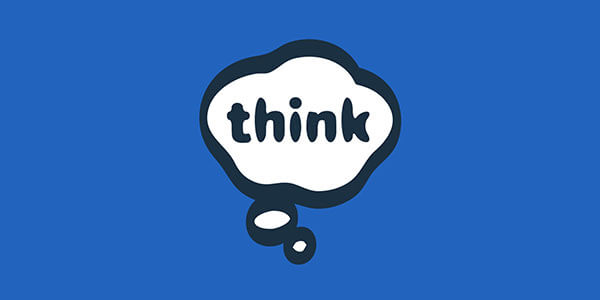Wharton UICONF 2010

Two weeks ago, I attended Wharton’s UICONF 2010, which focused on user experience design in the context of higher education. While a greater percentage of our work happens in other sectors, it was interesting to revisit how the concepts and principles we trade in are applied (or not) in academia.
Several themes emerged across the days, highlighted by the two keynotes: Don Norman’s “Living with Complexity” and Cory Ondrejka’s “Angry Dinosaurs.” These two speakers couldn’t have more divergent styles (Norman, the wise and respected mentor; Ondrejka, the double-caffeinated fast-talker who knows he’s right, but is just respectful enough to let you realize it yourself) but ultimately spoke on the same topic: Change.
The upshot of Norman’s talk (and upcoming book) was that complexity is not only OK, but is to be desired…especially when the alternative is baffling simplicity masquerading as “design.” As our worlds become more and more complex, he claims, it is up to us as designers to ensure it doesn’t become more complicated. We must design for memory, not for the moment; creating pleasurable experiences that will overcome the frequently less-than-ideal interface trade-offs of today’s mobile devices.

Ondrejka took a different tack on the theme of “change,” positing that agility (or adoption rate) will become a–if not the–key competitive advantage in the near and long-term. He railed, rather convincingly, against the “Angry Dinosaurs” of the world who fail to see that their business model is crumbling around them (NYT, RIAA, we’re looking at you). Admitting you have a problem is only the first step, however. Ondrejka continued to outline how to build an agile team (that’s a small “a” for all you SCRUM/Agile/Lean geeks) in these massive institutions, how to foster innovation (which he likens to art and pornography…you know it when you see it, but nobody can define it), and why few of us can see massive world-rocking change coming before it’s about to swallow us whole.
Beyond the keynotes, some of the breakout sessions covered such topics as conducting quick and dirty usability tests, the benefits of prototyping, what to expect (or not) from your CMS, and designing interactions with Ajax.
For the most part, the lessons of the conference were broadly applicable and not just suited for the higher ed world. While the keynote speakers were clearly in a different league than most of the breakout hosts, the conference did provide good value given its extremely reasonable fees. Looking to 2011, this conference seems well suited for those in early- or mid-stage UX careers looking to build their repertoire, but may leave more experienced practitioners wanting more deep dives.



